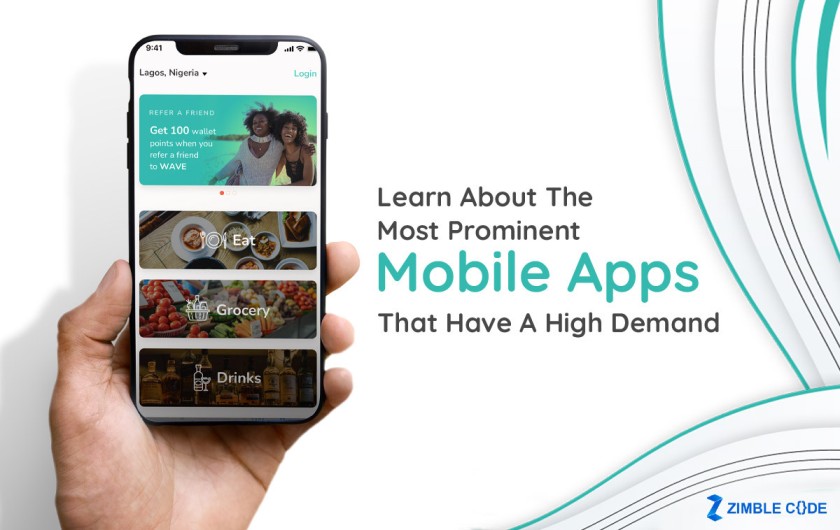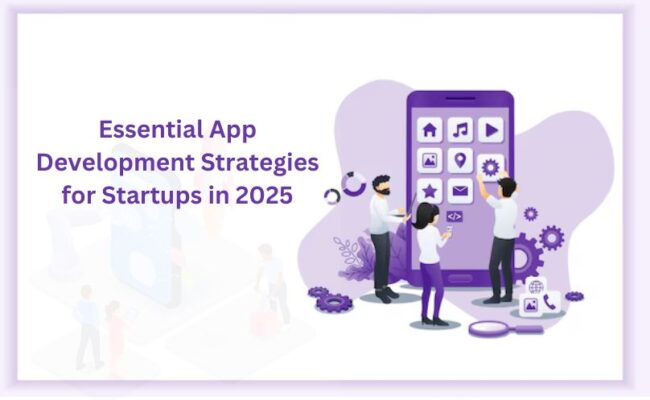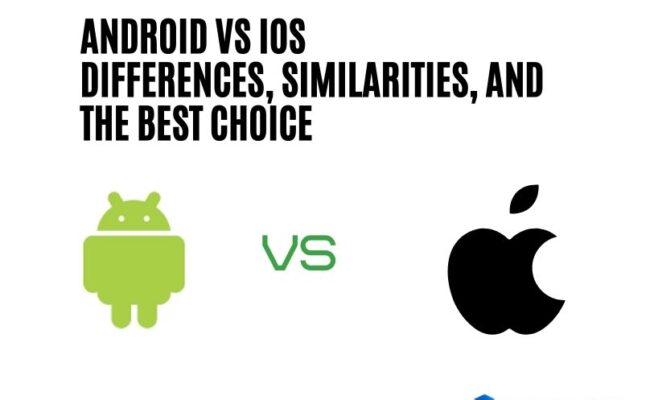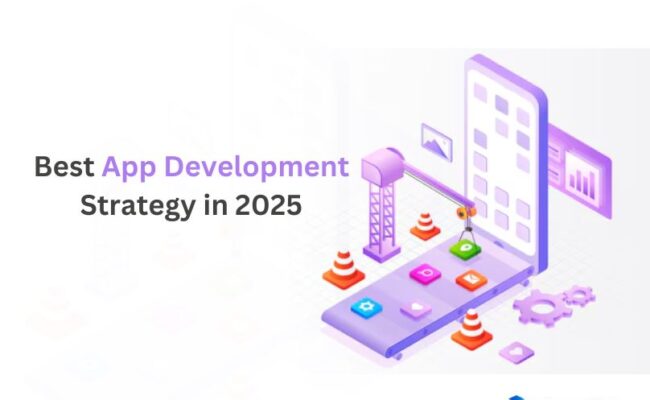When it comes to convenience, mobile apps are unrivaled. Without glancing up from your phone, you can order meals, book a cab, become the highest scorer, or locate a significant other. The sector is extremely valuable and it is just booming. A lot of businesses and startups are looking for a top mobile app development company in Denver, USA.
We tried to discover more about the sorts of apps that are in high demand and proliferating. What kinds of apps are the most prominent, installed, and used? You might be surprised by the numbers.
Let’s get started.
5 Popular App Types
Mobile applications have put the world in the palm of your hand. You can do everything from purchasing groceries to booking a cab to the airport using an app.
Mobile on-demand apps, in particular, are growing in popularity. Why? Simply said, demand is increasing. When people want something, they want it instantly. As a result, mobile applications cater to a society that wants everything they need right at their fingertips, ready at a moment’s notice.
1. Social Media Apps
If you just have one app on your phone, it’s most likely a social media app. It would be negligent of us not to include TikTok, which has seen its user base grow exponentially throughout the world.
We get what you’re thinking about all the folks accessing social media on their desktop computers. According to a study, 99 percent of social media users access these networks via their phones, with 78 percent relying solely on their phones. To put it another way, social media and applications are closely interwoven.
Collaborate with expert social media mobile app developers in Denver, USA to build winning social networking apps that are interactive and offer a personalized user experience.
2. Transportation Apps
Outside transport used to be limited to taxis and buses. We now have new possibilities, such as Uber and Lyft, thanks to on-demand mobile apps. With the on-demand service, you can have your own personal driver arrive at your place and deliver you to your destination in only a few taps of your smartphone, all for a reasonable charge.
Don’t underestimate the popularity of these applications. Lyft was valued at $15 billion in the middle of 2018. Uber is also not to be disregarded. The app is thought to have 90 million active users. And, with the exception of a brief fall during the early stages of the pandemic’s halt, ride-sharing applications have seen fairly consistent growth.
3. Food Delivery Apps
We’ve all had days when we didn’t want to cook or go to the grocery store, so we “DoorDashed it.” Food delivery apps make billions of dollars each year, and the pandemic has just increased that.
Food delivery apps are disrupting restaurants by providing a more convenient option for individuals to acquire the meals they desire. Even though there are additional costs and delivery fees, hungry customers are eager to spend the extra money to have it brought to their homes. These kinds of apps are not going away anytime soon. They’re most likely here to stay – for good.
The tendency is not abating. In a 2019 poll performed by Zion & Zion, over half of the respondents claimed they had purchased from a meal delivery website or app one or two times in the previous three months. And the figures have only got higher.
Get in touch with a leading on-demand food delivery app development company in Denver, USA that can help your business by building a robust and scalable food delivery app that offers an optimized user experience.
4. Healthcare Apps
Mobile health, often known as mHealth, is gaining popularity. Mobile applications are rapidly being used for childcare, diagnostics, home care, and information storage. Mental health apps, maternity care, chronic illness management, medical calculators, and educational/informational resources are also among the most popular types of mHealth apps.
Users include not just patients and other persons, but also medical experts. 40 percent of physicians believe that mHealth applications might reduce in-office visits. 93 percent of doctors believe that these applications can enhance their patients’ health. In addition, 74 percent of hospitals that already employ mHealth apps to collect patient data report increased efficiency.
5. Game Apps
You’re not alone if you’ve become engrossed in mindless gaming apps for hours on end. Games account for nearly a quarter of all applications downloaded (21 percent for Android and 25 percent for iOS), and they account for 43 percent of all smartphone use. These sorts of apps were expected to generate $76.7 billion by the end of 2020 but they surpassed that figure. The number of participants continues to grow, making it one of the best-performing industries in the world.
Summary
There are currently plenty of apps available to solve each problem. To separate yourself from the competition, you should provide an innovative or qualitatively new degree of execution of an established idea.
In addition, the app should be able to respond to user demands. If you do not provide the new user-friendly features that your customers desire, your competitors will. As a result, you must regularly upgrade features, offer immersive user experiences, and so on in order to retain audience reach and user loyalty.
If you are running a business in industries such as food and beverages, travel, healthcare, beauty and wellness, pickup and delivery, grocery retail, social networking, or other on-demand services that people are fond of availing of in the current digital age, it’s time to partner with a professional and highly experienced mobile app development company in Denver, USA such as Zimble Code.








Leave A Comment